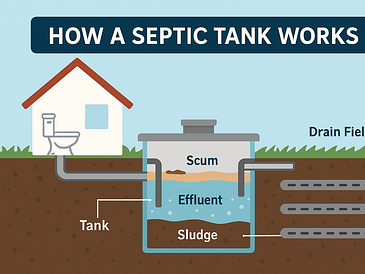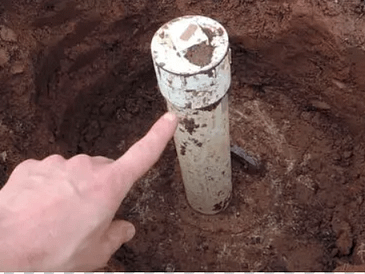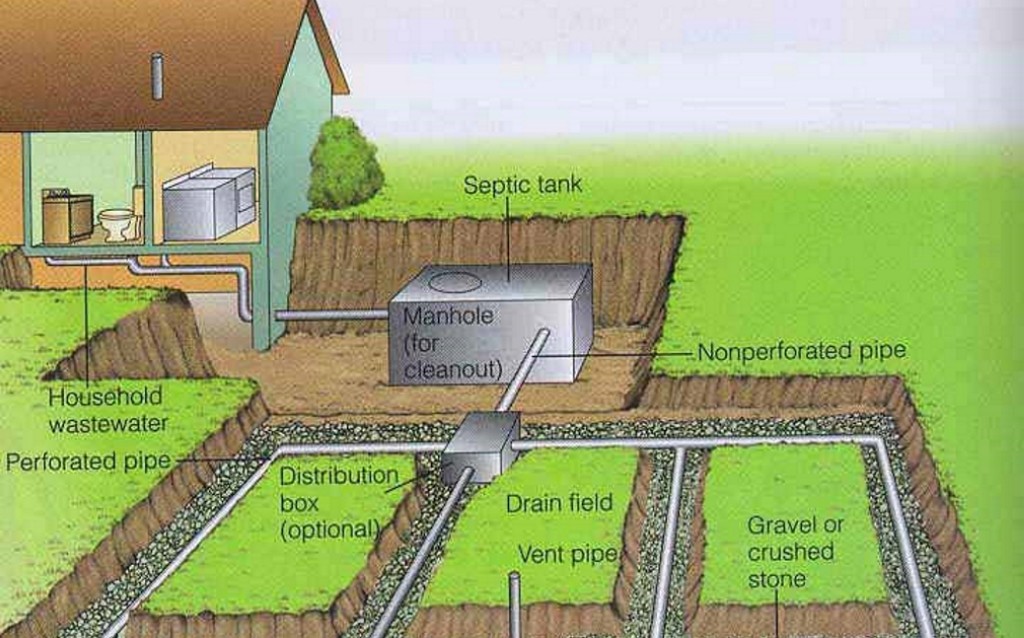
Introduction
For homeowners and property owners in Oregon, understanding the septic tank regulations is crucial for the proper management and maintenance of their properties. Septic tank systems play a vital role in wastewater treatment, and adherence to regulations ensures environmental protection, public health, and the longevity of the system. Let’s take a closer look at the septic tank regulations in Oregon and why it is important to comply with them.
Overview of septic tank regulations in Oregon
In Oregon, septic tank regulations are overseen by the Oregon Department of Environmental Quality (DEQ). These regulations are designed to ensure that septic systems operate effectively and do not pose risks to public health or the environment.
Some key regulations include:
- Septic system design and installation: Oregon requires that all septic systems are designed and installed by licensed professionals who follow state-approved standards. This ensures that the systems are properly designed for site conditions and can effectively treat wastewater.
- Periodic inspections: Septic systems must be inspected periodically, usually every three to five years, to assess their condition and functionality. These inspections help identify any potential issues or maintenance needs that may arise.
- Proper maintenance: Regular maintenance, such as pumping the septic tank and inspecting the drain field, is critical for optimal system performance. Property owners should schedule routine maintenance to prevent system failures and costly repairs.
Importance of complying with these regulations
Complying with septic tank regulations in Oregon is essential for several reasons:
- Protecting public health: Properly functioning septic systems treat and dispose of wastewater safely, preventing contamination of drinking water sources and reducing the risk of waterborne diseases.
- Preserving the environment: By adhering to regulations, property owners contribute to the protection of groundwater, streams, and other natural resources. Septic systems that are well-maintained and regularly inspected minimize the potential for pollution.
- Avoiding legal issues and penalties: Failure to comply with septic tank regulations can result in legal consequences, costly fines, and even property condemnation. By following the regulations, property owners can avoid these undesirable outcomes.
In conclusion, understanding and complying with septic tank regulations in Oregon is essential for ensuring the proper functioning of septic systems, protecting public health and the environment, and avoiding legal issues. Property owners should familiarize themselves with the specific regulations in their area and regularly maintain and monitor their septic systems to prevent problems and ensure long-term functionality.
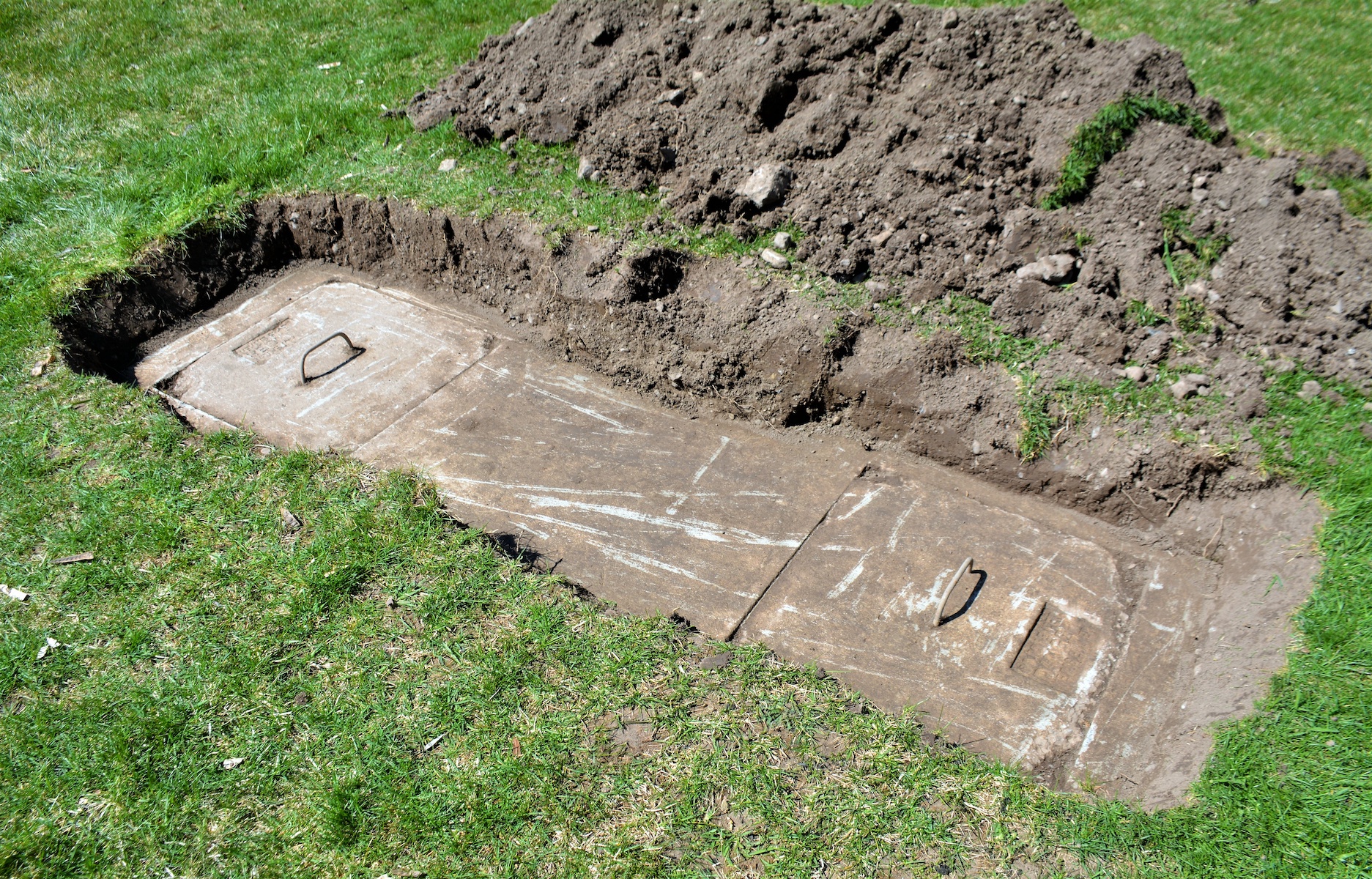
Septic Tank System Design and Installation
Permits and approvals required for septic tank system installation
Installing a septic tank system in Oregon requires obtaining the necessary permits and approvals. The first step is to contact the local health department or the department responsible for regulating septic systems in your area. They will provide you with the specific requirements and guidelines for obtaining the necessary permits.
Typically, you will need to submit a site evaluation and a septic system design plan to the health department. The site evaluation assesses the suitability of the location for installing a septic system, taking into consideration factors such as soil conditions, groundwater levels, and proximity to water sources. The septic system design plan outlines the layout and specifications of the proposed system.
Once you have submitted these documents, the health department will review them and provide you with the necessary permits and approvals if the system meets all the requirements. It is important to note that failing to obtain the required permits can result in fines and legal consequences. Therefore, it is crucial to follow the proper procedures and comply with local regulations.
Design standards for septic tanks in Oregon
Oregon has specific design standards that must be followed when installing a septic tank system. These standards ensure that the system is designed and constructed properly to prevent environmental contamination and protect public health.
Some of the key design standards include the location and size of the system, the type of materials to be used, and the depth of the drainfield. The septic tank must be properly sized based on the anticipated wastewater volume and the number of bedrooms in the building. It should also be located a certain distance away from wells, water bodies, and property lines.
The drainfield, also known as the absorption field, is designed to treat the wastewater before it is released into the ground. It must be located in an area with suitable soil conditions and proper drainage. The drainfield size is determined based on the soil’s ability to absorb the wastewater.
Installation process and guidelines
Once you have obtained the necessary permits and designed your septic tank system according to the standards, it’s time to proceed with the installation. It is recommended to hire a licensed septic system installer who has the knowledge and experience to properly install the system.
During the installation process, the septic tank and drainfield are carefully installed according to the design plan. The tank is placed in the ground, and the drainfield is constructed in a specific configuration to ensure efficient wastewater treatment.
It is important to follow the guidelines provided by the septic system designer and installer to ensure the system operates effectively and remains in compliance with the regulations. Regular maintenance and inspection are also essential to prevent system failures and potential health risks.
In conclusion, installing a septic tank system in Oregon requires obtaining the necessary permits, following specific design standards, and adhering to proper installation guidelines. Complying with these regulations is crucial to protect public health, prevent environmental contamination, and maintain the functionality of the system.
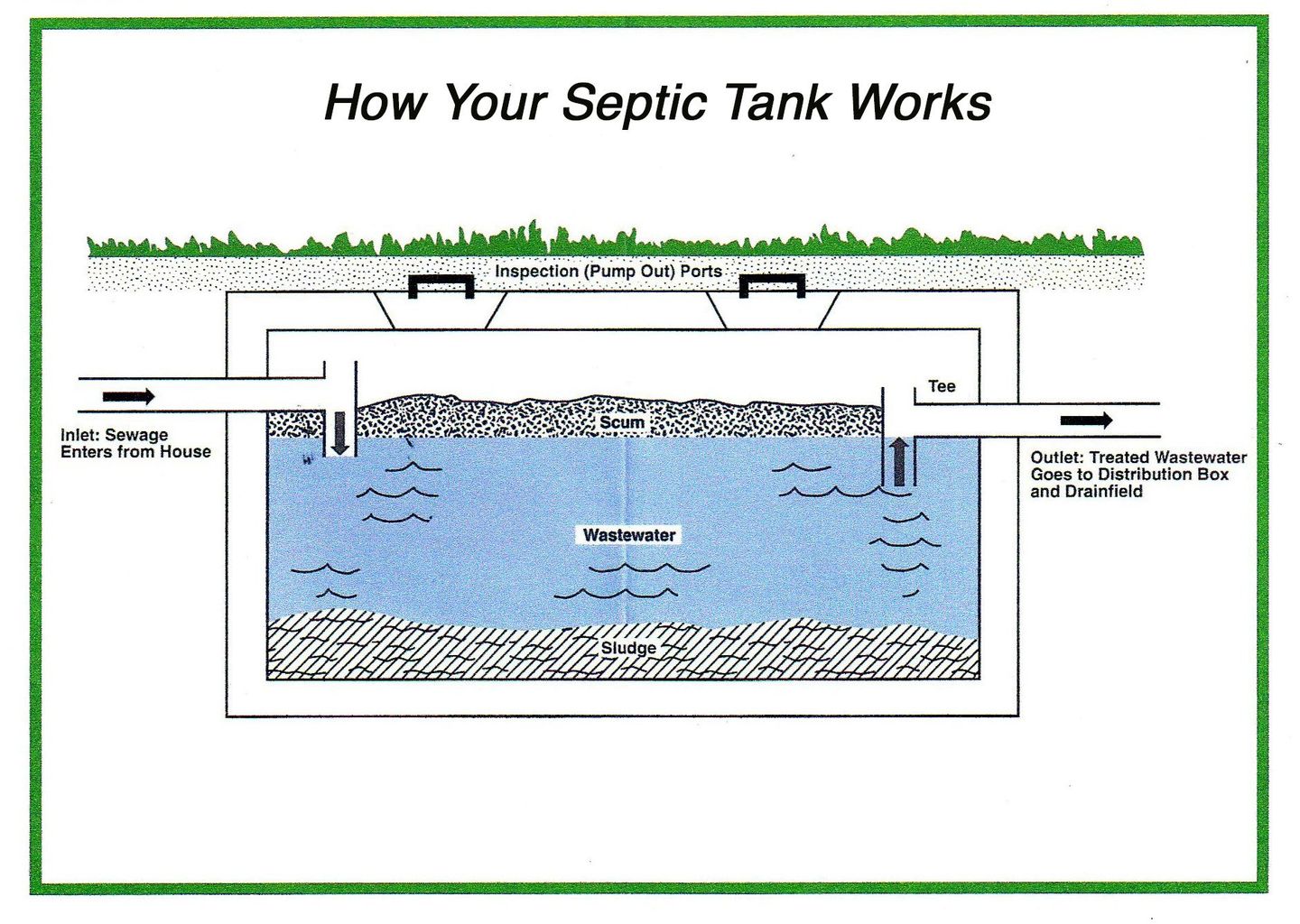
Maintenance and Operation Requirements
Regular pumping and inspection schedules
In Oregon, proper maintenance and operation of septic tanks are essential to ensure the protection of public health and the environment. Property owners with septic systems are required to adhere to regular pumping and inspection schedules. This helps prevent the buildup of solids and allows for the early detection of any issues that may arise.
The Oregon Department of Environmental Quality recommends that septic tanks be pumped every three to five years, depending on the household size and usage. Regular pumping helps remove accumulated solids that can clog the system and cause backups or malfunctions. Inspections should also be conducted by a licensed professional to check for leaks, cracks, or other potential problems.
Proper disposal of septic waste
Disposing of septic waste properly is crucial to protect both the environment and public health. In Oregon, septic waste must be transported and disposed of by a licensed wastewater hauler to approved treatment facilities. It is illegal to dump septic waste into storm drains, surface waters, or onto the ground. Violating these regulations can result in fines and penalties.
Property owners should also avoid flushing items that can disrupt or damage the septic system, such as diapers, feminine hygiene products, paper towels, and excessive amounts of household chemicals. These materials can clog the system and lead to costly repairs.
Septic tank additives and their regulation in Oregon
While septic tank additives may promise improved performance or reduced pumping frequency, their use is strictly regulated in Oregon. These additives include chemicals, enzymes, and biological agents that claim to enhance the breakdown of waste solids or prolong the life of the system.
The Oregon Department of Environmental Quality does not endorse the use of septic tank additives as they have not been proven effective and can potentially harm the environment or disrupt the biological processes in the septic system. Property owners should consult with licensed professionals for proper septic tank maintenance rather than relying on additives.
By following these maintenance and operation requirements, property owners in Oregon can ensure the longevity and proper functioning of their septic systems while safeguarding the environment and public health.
Please note that this information is a general overview and it is always recommended to consult local authorities and professionals familiar with regulations specific to your location.

Reporting and Compliance
Reporting requirements for septic tank owners
If you own a septic tank in Oregon, it is essential to understand the reporting requirements to ensure compliance with state regulations. These regulations are in place to protect public health and the environment.
As a septic tank owner, you are required to have your system inspected regularly. The frequency of inspections depends on various factors, such as the size of the tank, the number of bedrooms in your home, and local regulations. Typically, inspections are required every 3 to 5 years.
During the inspection, a certified professional will assess the condition of your septic tank, including the tank itself, the drainfield, and the distribution system. They will check for any signs of damage or malfunction and ensure that it is working properly. The inspector will then provide you with a report detailing the findings and any necessary repairs or maintenance.
It is important to keep a record of these inspections and reports as they may be required for future property sales or refinancing. Failure to comply with the reporting requirements can result in penalties and may even lead to a system failure, posing a risk to public health and the environment.
Penalties for non-compliance with regulations
Non-compliance with septic tank regulations in Oregon can result in severe penalties. These penalties are in place to ensure that all septic tank owners are taking the necessary steps to maintain their systems and protect the environment.
The exact penalties for non-compliance may vary depending on the specific violation and local regulations. They can range from warning letters and fines to forced system upgrades or even criminal charges in extreme cases.
By complying with the reporting requirements and properly maintaining your septic tank, you can avoid these penalties and ensure the long-term functionality of your system. It is also crucial to stay informed about any changes in regulations that may affect your responsibilities as a septic tank owner.
In conclusion, septic tank owners in Oregon must adhere to reporting requirements to comply with state regulations. Regular inspections and keeping records of these inspections are essential. Failure to comply can result in penalties, which aim to ensure that septic systems are properly maintained and do not pose a risk to public health or the environment. Stay informed and take the necessary steps to maintain your septic tank for the benefit of your property and the community.


